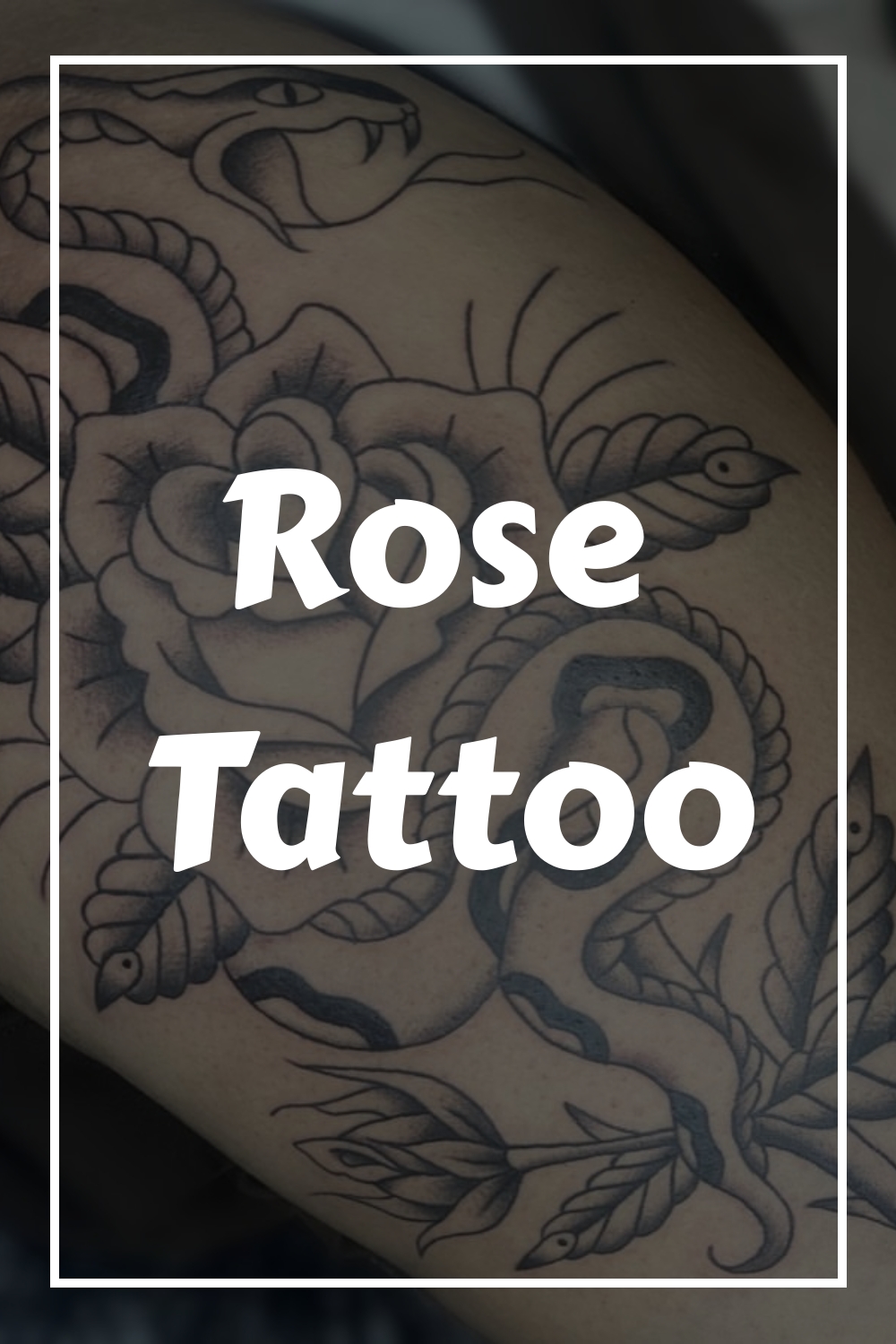Rose Tattoo
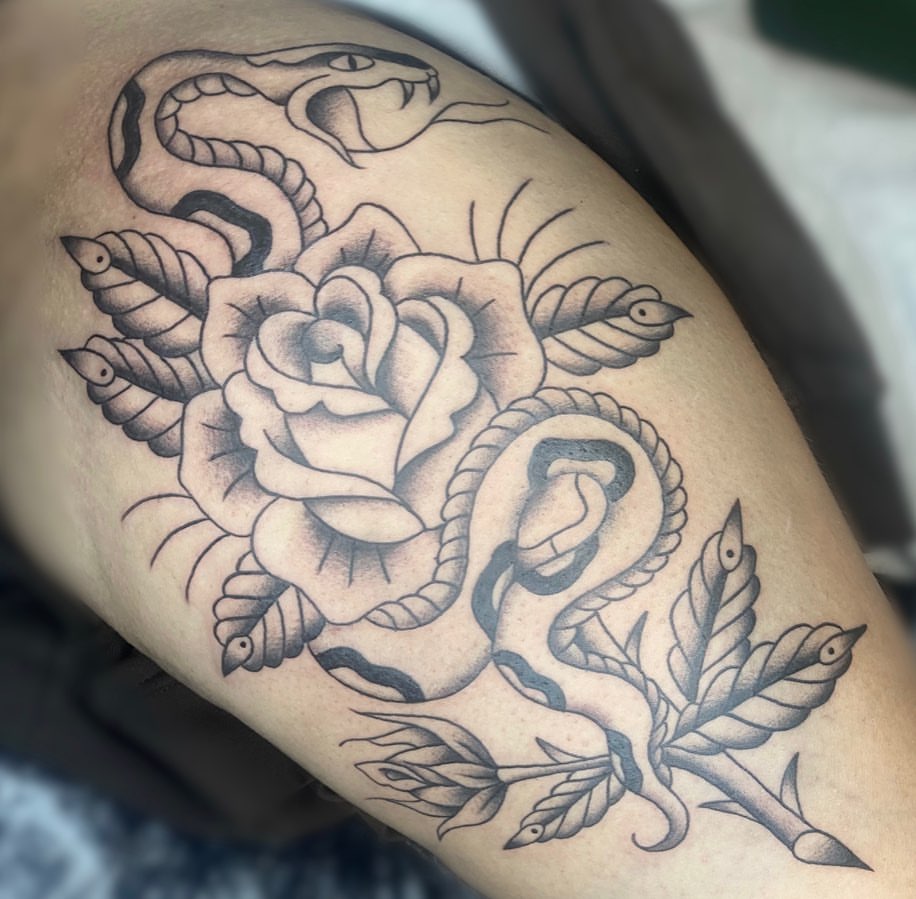
Imagine a world where body art told stories and represented identities. In this captivating article, we explore the ancient art of tattooing through the lens of one iconic image – the rose tattoo. Unveiling the layers of symbolism and history behind this timeless design, we delve into the captivating allure of the rose and its transformative power within the realm of body art.
Historical Significance of Rose Tattoo
Origin and symbolism of rose tattoos
The rose tattoo has a rich history that dates back thousands of years. The origin of the rose as a symbol can be traced back to ancient civilizations such as Egypt, Greece, and Rome. In these cultures, the rose was often associated with goddesses such as Isis and Aphrodite, representing love, beauty, and fertility. The thorns of the rose were also seen as a symbol of protection and defense.
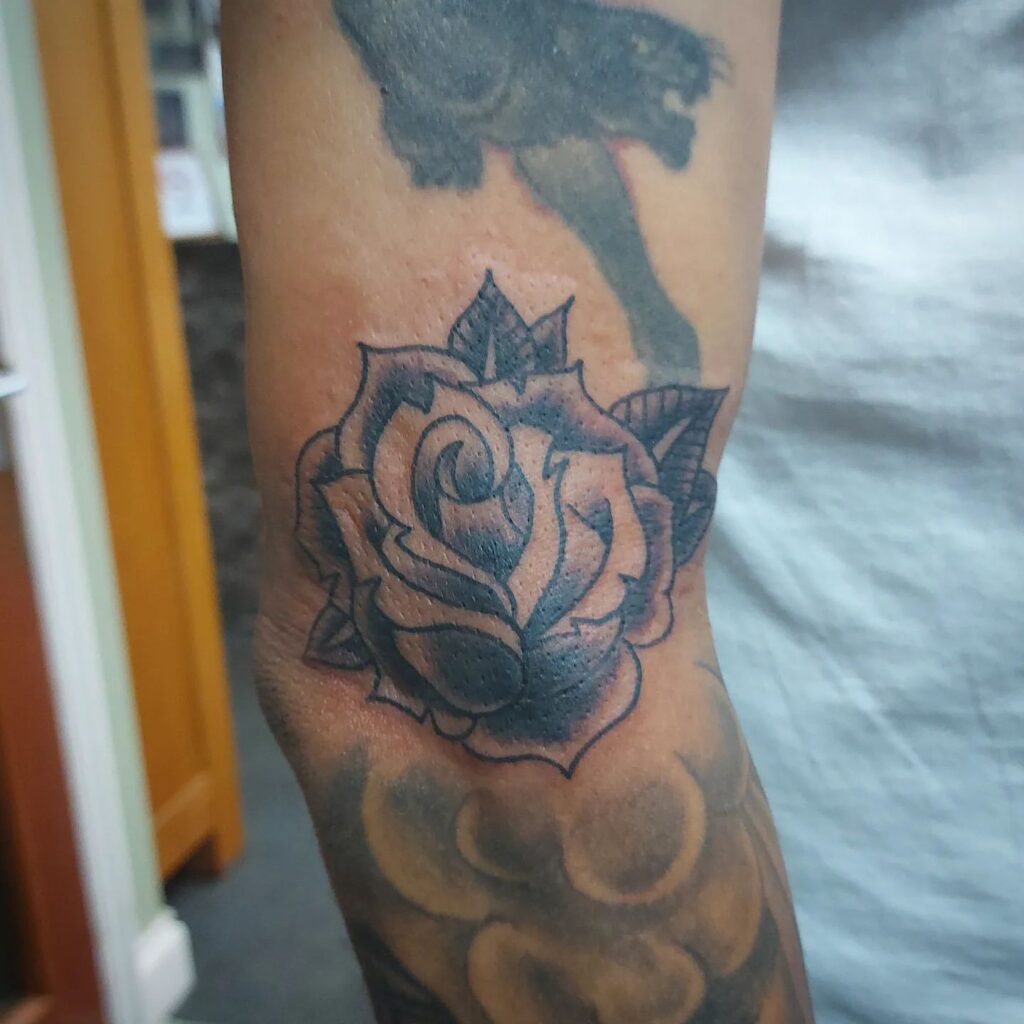
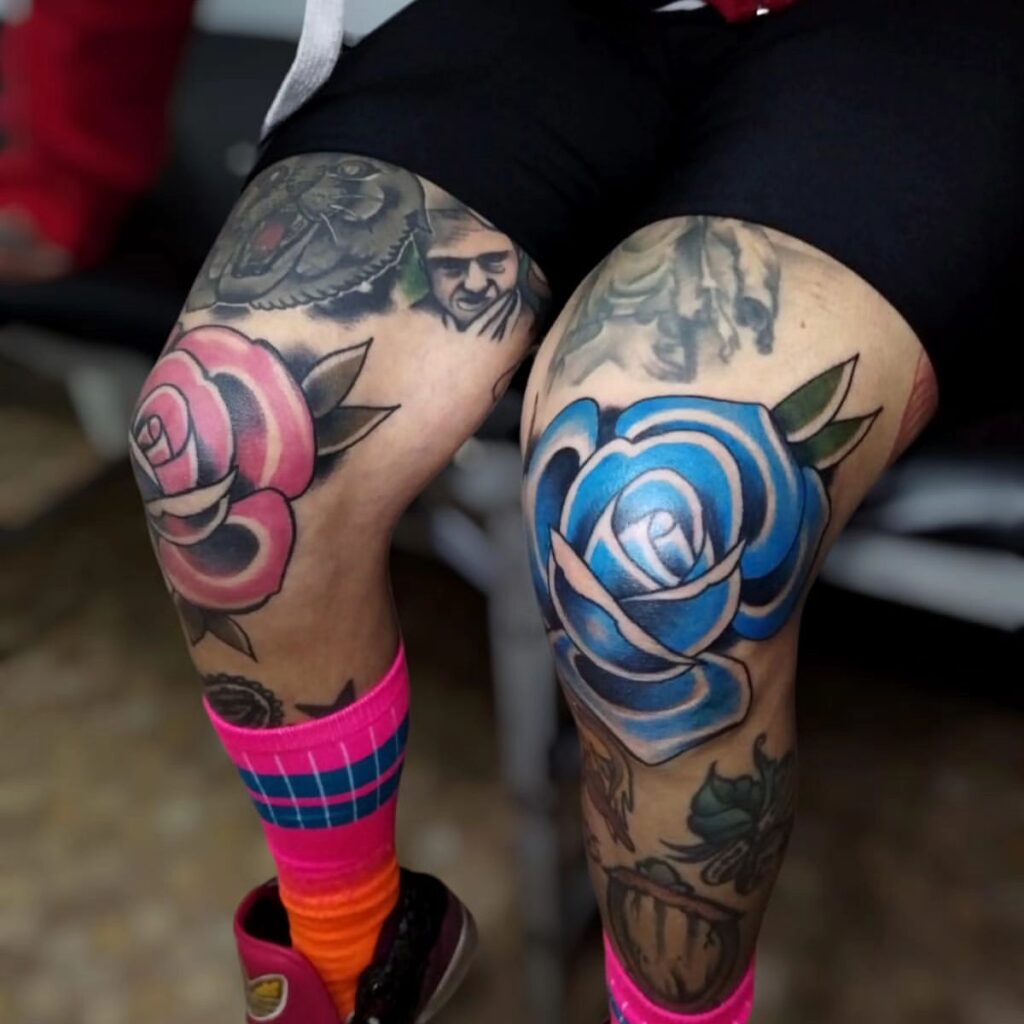


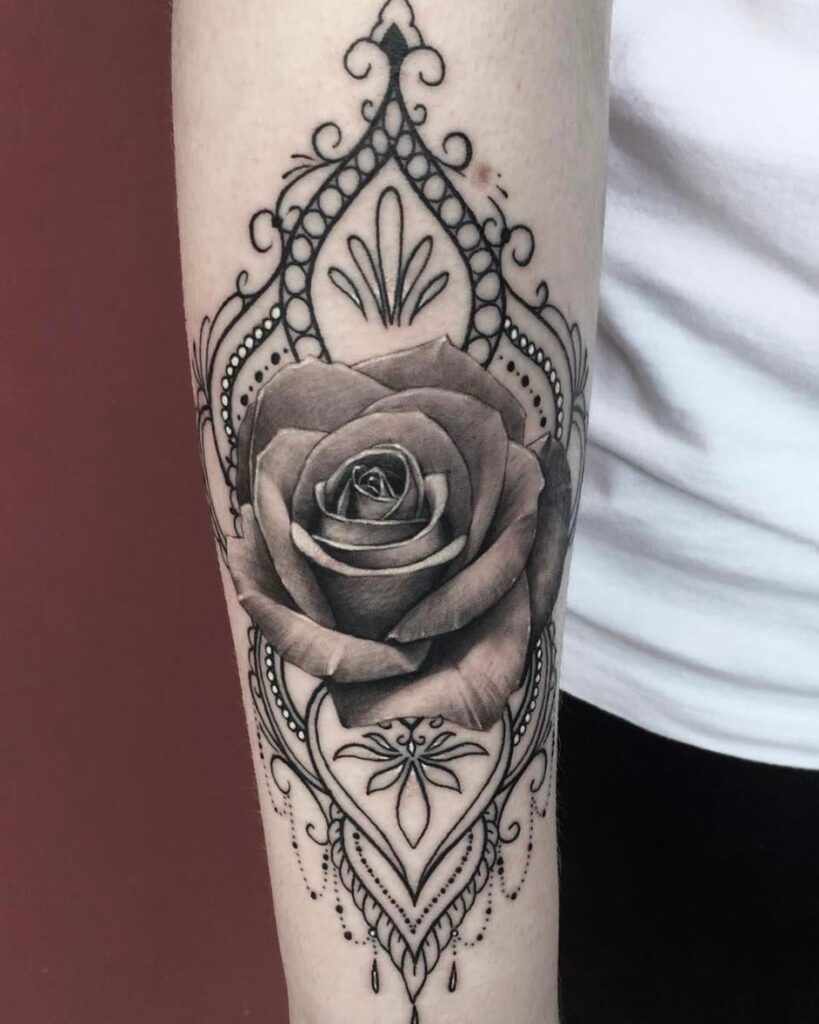
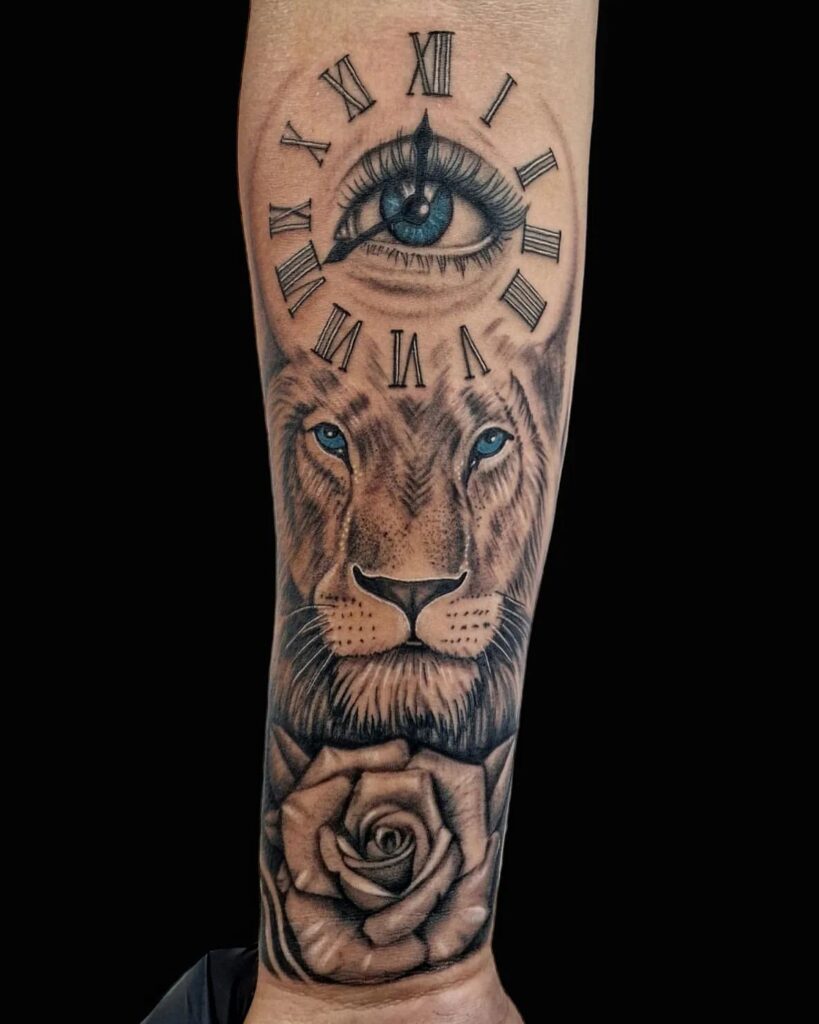


#tattoogirl #tattoodesign #tattoogutschein #toughgirl #tapfer #artoftheday #artist #dürrwangen #billytigertattoos #inkedgirls #inkspiration #rosetattoo #kindernamen #kids
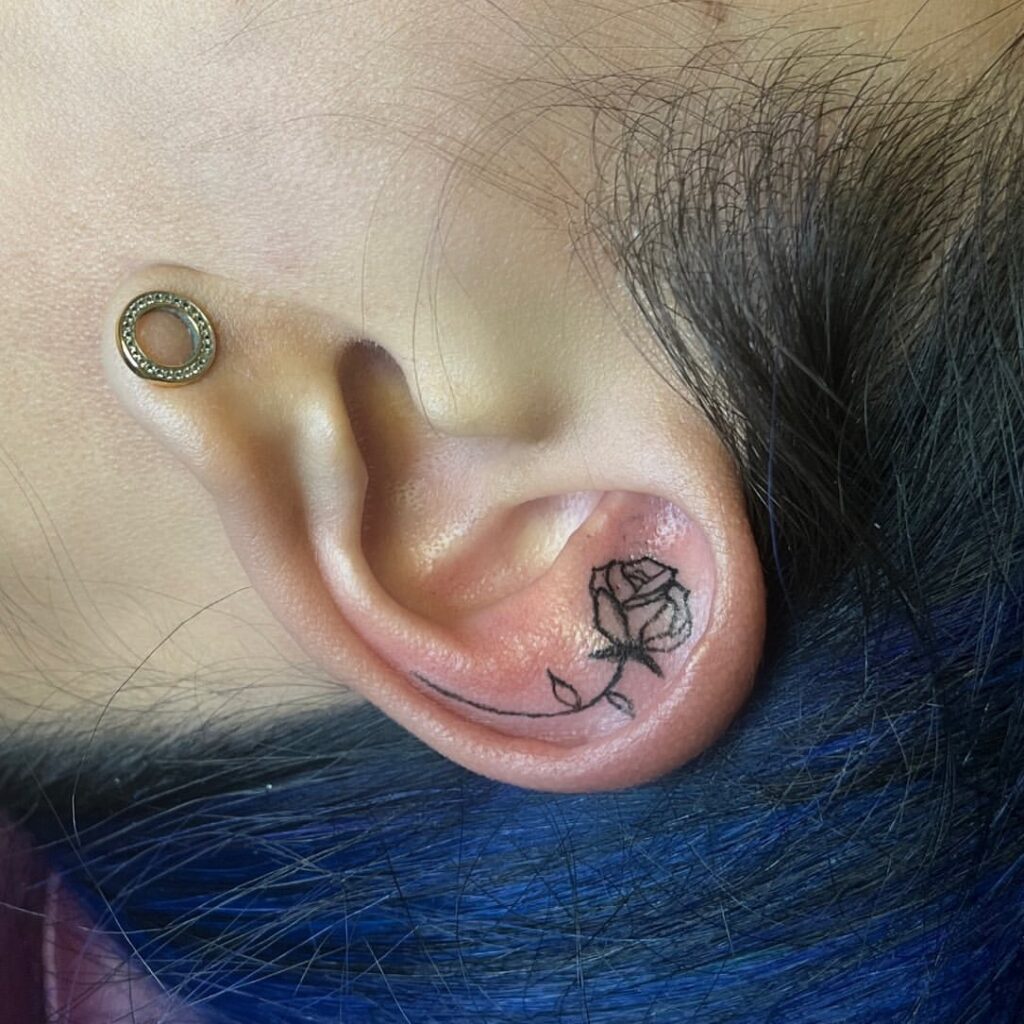

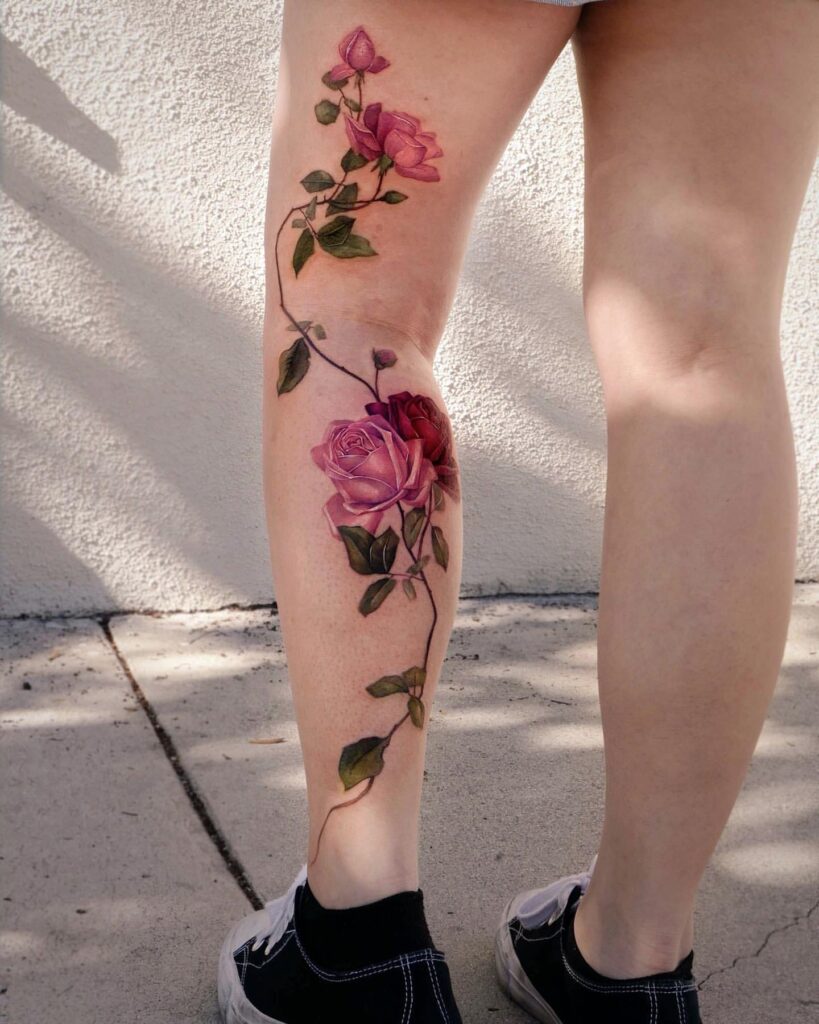

#rosetattoo #watercolortattoo #ozonetattoo
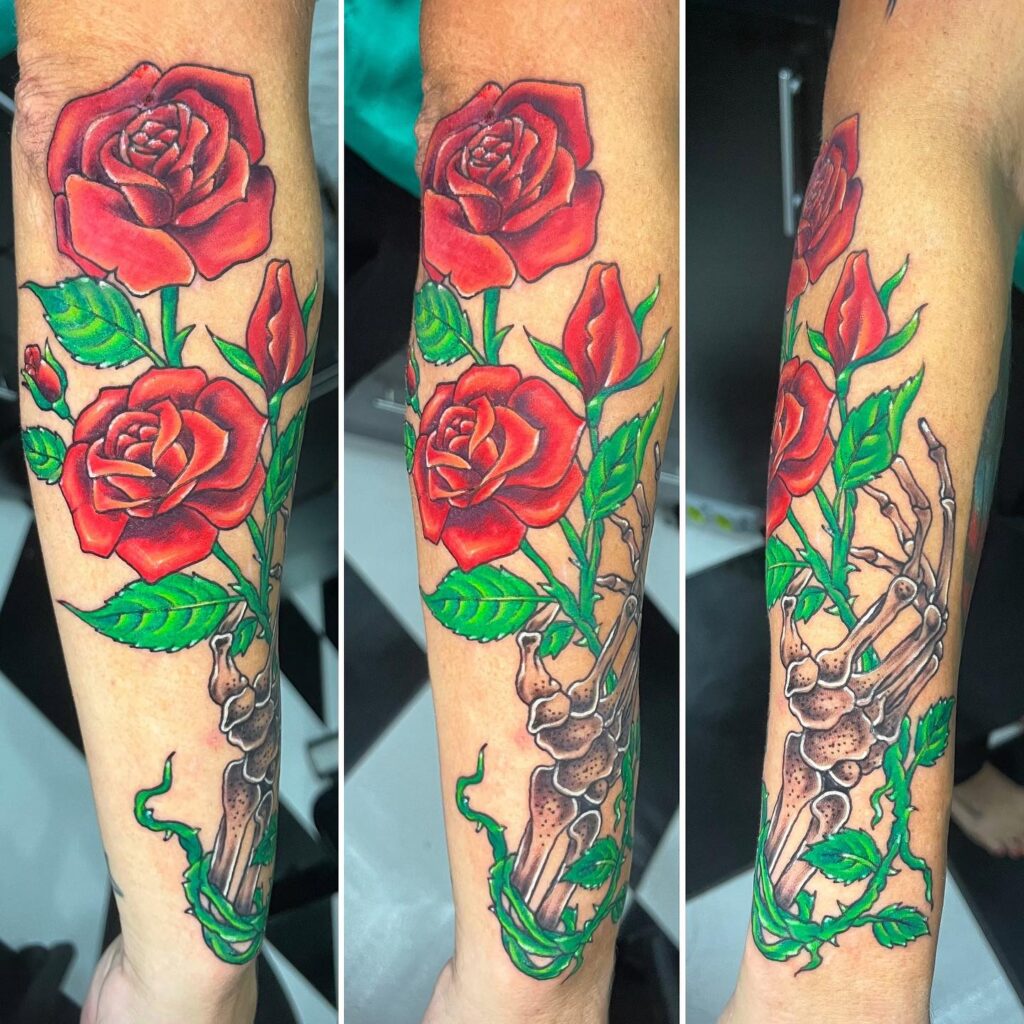
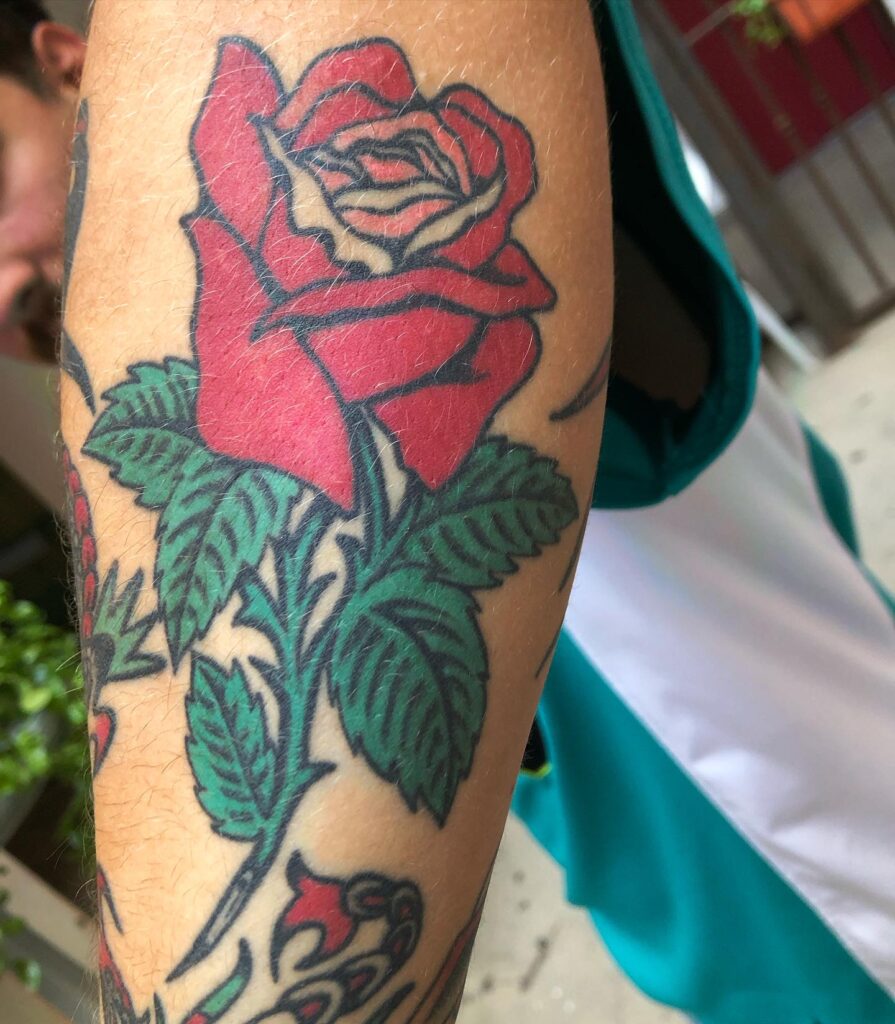
#traditional #traditionaltattoo #traditionaltattoos #traditionaldrawing #traditionalrosetattoo #traditionalroses #traditionalrosetattoos #rosetattoo #rosetattoos #healedtattoo #vintagedesign
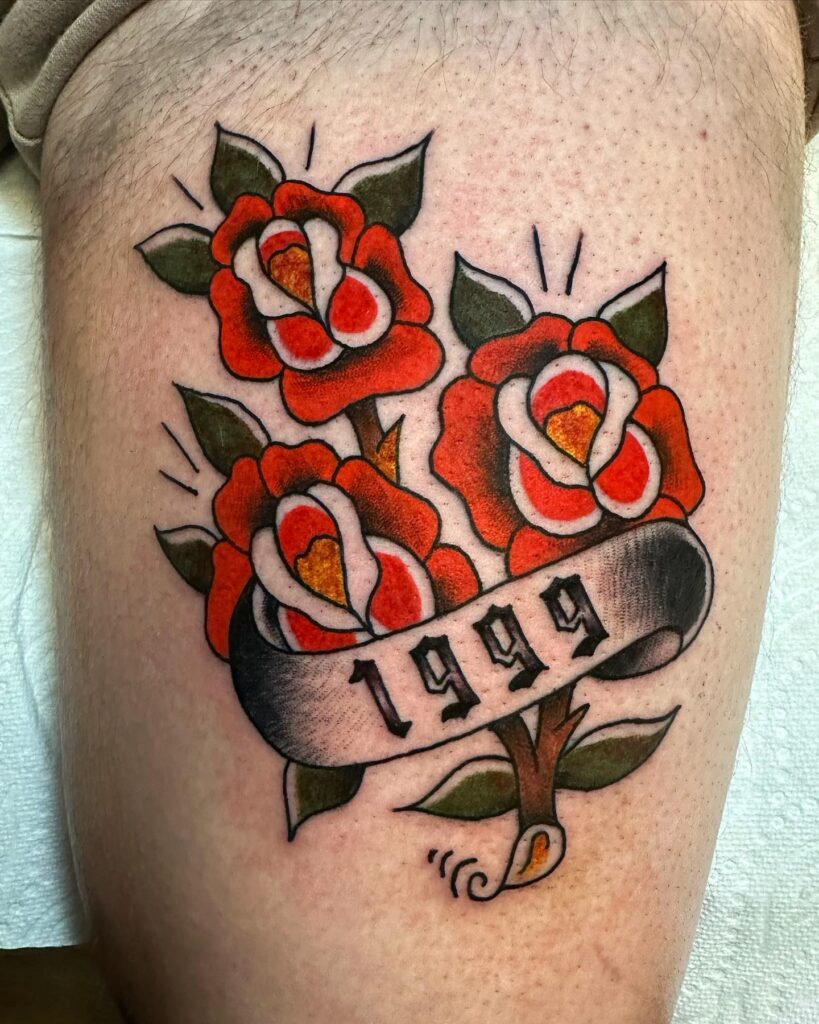
#traditionaltattoo #traditionaltattoos #americantraditional #americantraditionaltattoo #rosetattoo #sailorjerry


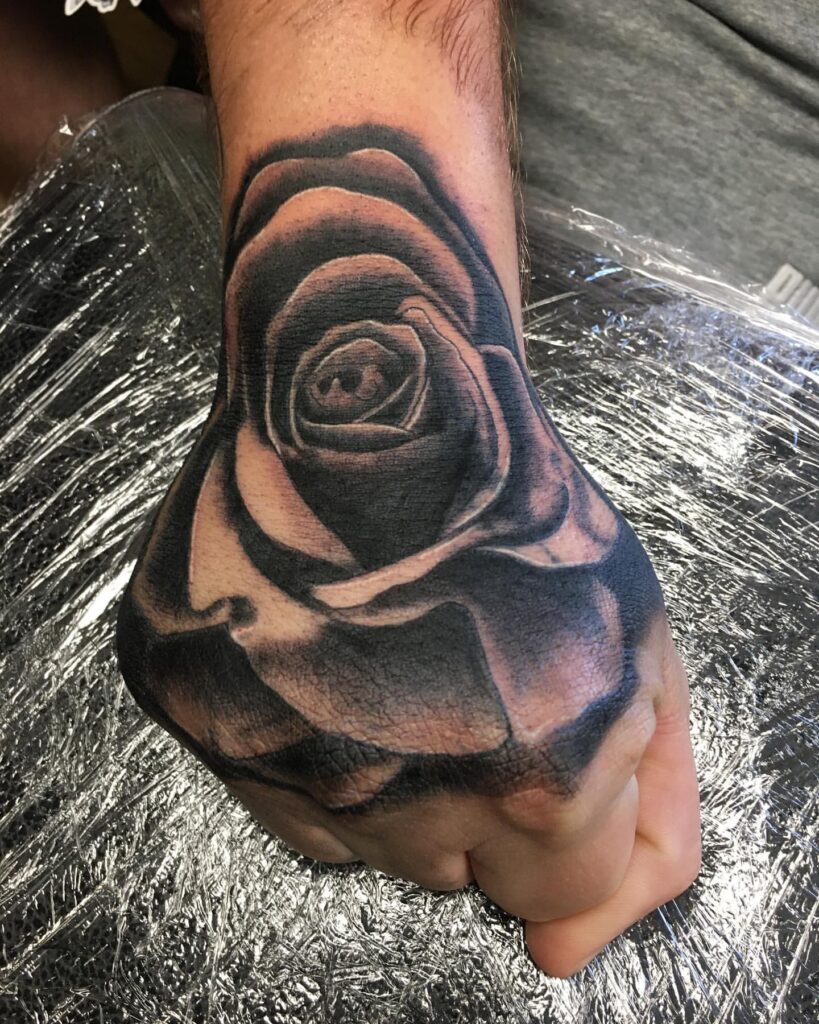
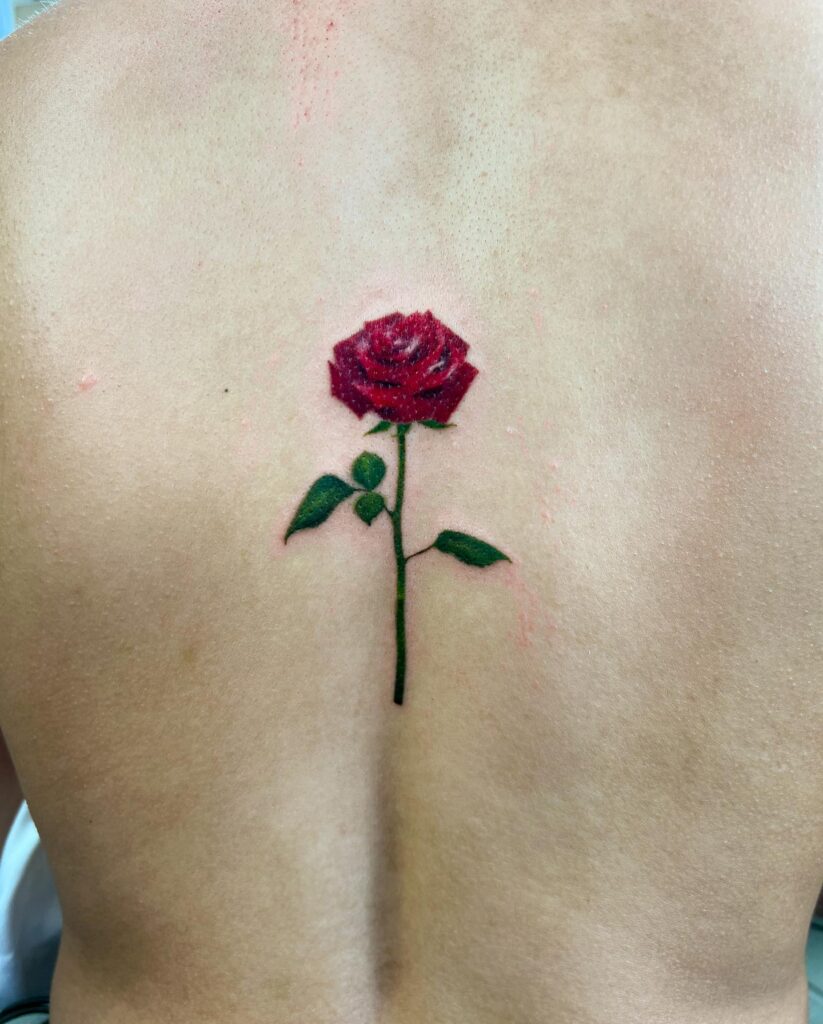
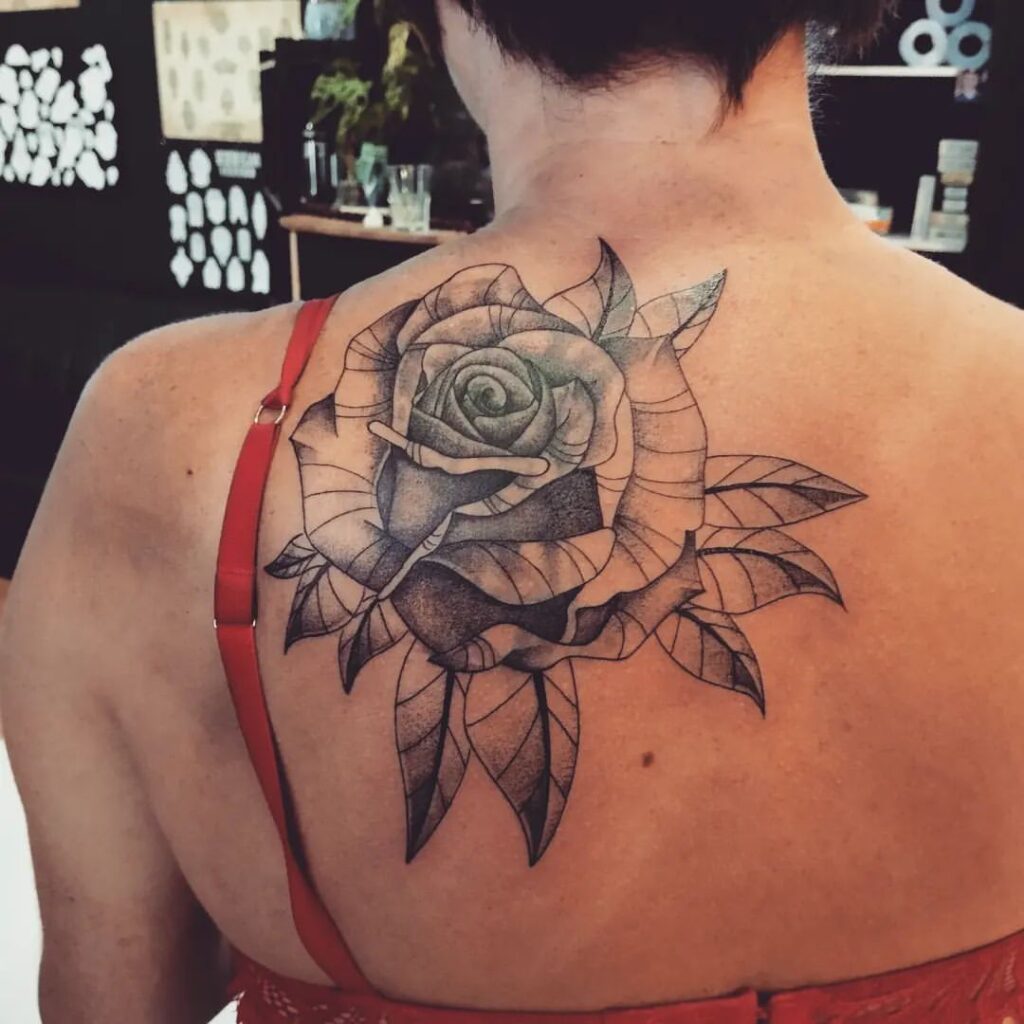
Changes in meaning through different cultures and eras
Throughout different cultures and eras, the meaning and symbolism of rose tattoos have evolved. In medieval times, the rose was often linked to secrecy and confidentiality, as symbolized by the phrase “sub rosa,” which means “under the rose.” During the Victorian era, roses were used as a means of communication, with different colors and arrangements representing different messages. For example, a red rose symbolized passionate love, while a yellow rose represented friendship.
Historical figures who had rose tattoos
Rose tattoos have been embraced by many historical figures, each with their own reasons and symbolism. One notable figure is Queen Elizabeth I of England, who had a rose tattoo on her left breast. It is believed that she got this tattoo as a symbol of her power and authority. Another famous figure with a rose tattoo is Frida Kahlo, the Mexican artist known for her self-portraits. Kahlo had a rose tattoo on her right arm, which represented her love for nature and the beauty of life.
Designs and Styles of Rose Tattoos
Traditional rose tattoo designs
Traditional rose tattoos feature bold and vibrant colors, with a focus on clean lines and classic arrangements. These designs typically include a solitary rose or a bouquet of roses, often accompanied by leaves, thorns, or other elements. The traditional style often incorporates a more realistic approach, capturing the beauty and elegance of a fresh rose.
Black and grey style rose tattoos
Black and grey rose tattoos offer a more subdued and subtle aesthetic. These designs utilize varying shades of black and grey ink to create a sense of depth and dimension. The use of shading techniques allows for intricate details and highlights the contrast between light and shadow, giving the tattoo a more realistic and three-dimensional look. This style is popular among those who prefer a more understated and timeless approach to their tattoos.









Watercolor style rose tattoos
Watercolor style rose tattoos are characterized by their vibrant and fluid appearance, mimicking the look of a watercolor painting. These designs typically feature bright and bold colors that blend and bleed into one another, creating a unique and eye-catching effect. The watercolor style lends itself well to the organic and delicate nature of roses, allowing for a more artistic and painterly representation.
Geometric rose tattoo designs
Geometric rose tattoos combine the soft and natural form of a rose with the clean and structured lines of geometric shapes. These designs often incorporate triangles, squares, or other geometric elements to create a visually striking and modern aesthetic. By juxtaposing the organic and the geometric, these tattoos can symbolize the balance between nature and structure, or represent the harmony between opposing forces.
Realistic rose tattoo designs
Realistic rose tattoos aim to capture the intricate details and lifelike appearance of a fresh rose. These designs often utilize a combination of shading techniques, highlights, and fine lines to create a realistic and dynamic portrayal. The level of detail in a realistic rose tattoo can range from a single rosebud to a full bouquet, depending on the desired effect. This style is favored by those seeking a true-to-life representation of their love for roses.

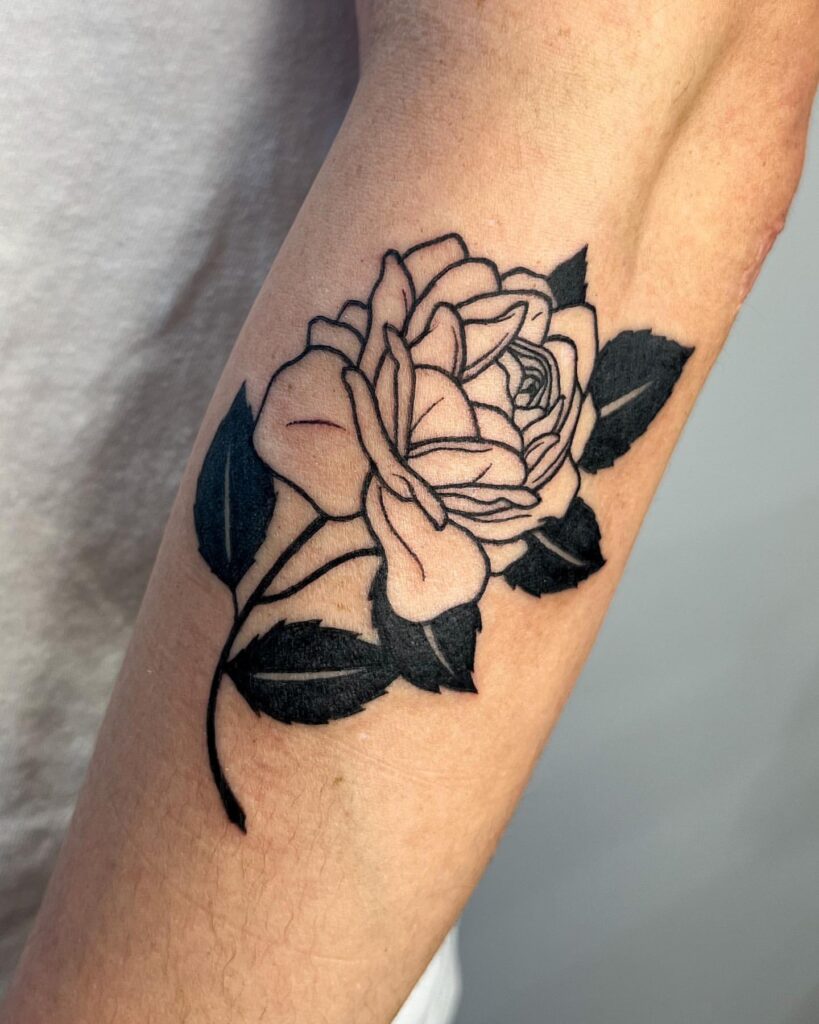


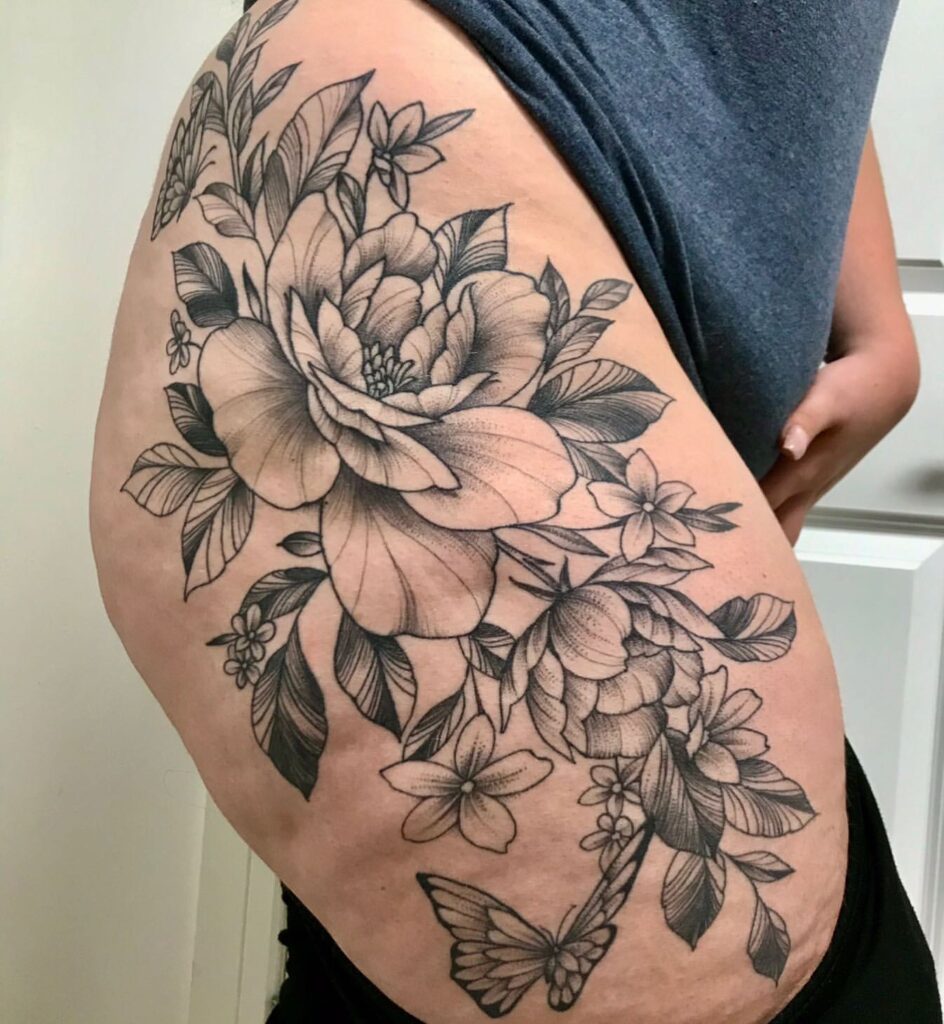
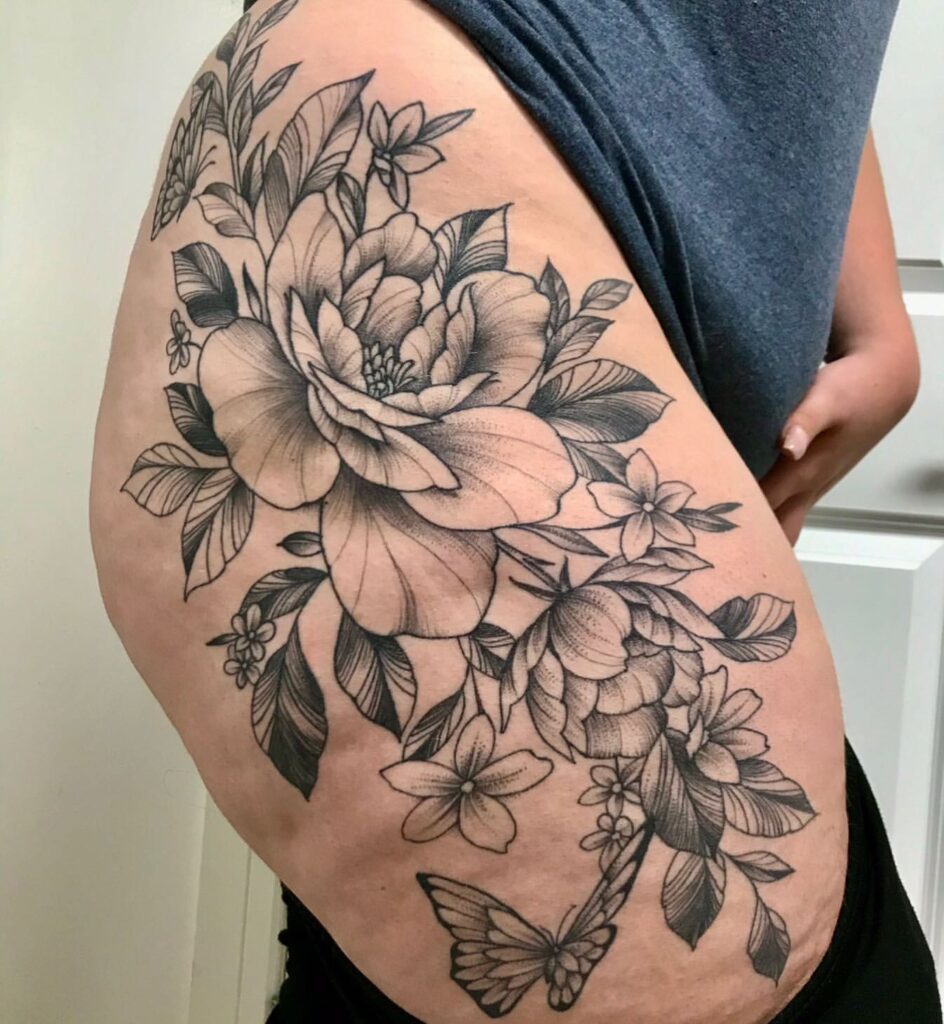
Symbolism of Rose Tattoos
Love and beauty as represented by rose tattoos
One of the most common and enduring symbols associated with rose tattoos is love and beauty. Throughout history and various cultures, the rose has been seen as a representation of romantic love, passion, and desire. A rose tattoo can serve as a reminder of one’s own capacity for love and the beauty that can be found within oneself and others.
Rose tattoos as symbols of pain and struggle
While roses are often associated with love and beauty, they can also be seen as symbols of pain and struggle. The thorns of the rose can represent the hardships and challenges one faces in life, reminding us that beauty can arise from adversity. Some individuals choose to incorporate thorns into their rose tattoos as a reminder of the strength and resilience they have developed through difficult times.
Symbolism of roses with thorns
Roses with thorns can represent the duality of life and love. The combination of beauty and pain speaks to the complexities of relationships and the bittersweet nature of love. This symbolism can also serve as a reminder to tread carefully in matters of the heart and to embrace both the joys and the challenges that come with love.
Meaning behind different colored rose tattoos
The color of a rose holds its own unique symbolism, and this carries over into rose tattoo designs. Red roses are often associated with romantic love and passion, while pink roses symbolize grace, admiration, and gratitude. White roses are a symbol of purity and innocence, while yellow roses represent friendship and joy. Other colors, such as black or blue, may be chosen to represent mystery, rebellion, or personal significance.
Rose Tattoo Placement
Popular placements for rose tattoos
Rose tattoos can be placed on various parts of the body, and the choice of placement often depends on personal preference and design. Some popular placements for rose tattoos include the forearm, upper arm, wrist, thigh, back, and chest. Each placement offers its own unique canvas for the design and allows for different sizes and orientations.
Factors affecting placement decisions
When deciding on the placement of a rose tattoo, several factors may come into play. The visibility of the tattoo, personal comfort, and aesthetic considerations are all important factors to consider. Some individuals may choose a more discreet placement for personal or professional reasons, while others may opt for a prominent placement to showcase their tattoo.
Impact of placement on the symbolism of rose tattoos
The placement of a rose tattoo may also affect its symbolism. For example, a rose tattoo on the chest can symbolize love and passion, as the heart is often associated with these emotions. A rose tattoo on the wrist may symbolize a reminder of beauty and love in everyday life, while a thigh placement can represent a more intimate and sensual meaning.
Rose Tattoo Techniques
Outline and shading techniques
Creating a rose tattoo involves various techniques, including outlining and shading. The outline is typically done using a single needle or a liner machine to create clean and precise lines. Shading techniques, such as stippling or hatching, are used to add depth and dimension to the design, creating shadows and highlights that give the tattoo a realistic or artistic look.
Coloring techniques
Coloring a rose tattoo requires skill and attention to detail. Artists may use a combination of color blending, layering, and saturation techniques to achieve the desired effect. The choice of colors can further enhance the symbolism of the tattoo, with vibrant and bold hues representing passion and energy, and softer shades conveying a sense of tranquility or subtlety.
Techniques for creating a 3D effect
To create a 3D effect in a rose tattoo, artists employ shading techniques that emphasize depth and dimension. This can be achieved by using varying shades of black and grey ink to create shadows and highlights, or by incorporating realistic details such as dewdrops or petals in varying stages of bloom. These techniques make the tattoo appear more lifelike and give it a sense of visual depth.
Aftercare for Rose Tattoos
Proper hygiene practices
After getting a rose tattoo, it is crucial to follow proper hygiene practices to ensure proper healing and prevent infection. This includes keeping the tattoo clean and dry, avoiding submerging it in water for extended periods, and refraining from scratching or picking at the tattoo. It is also important to avoid exposing the tattoo to direct sunlight and to protect it with a sunscreen or clothing.
Moisturizing and protection
Moisturizing is an important part of aftercare for rose tattoos. Applying a thin layer of fragrance-free and non-comedogenic moisturizer can help keep the tattoo hydrated and promote healing. It is also essential to protect the tattoo from friction, excessive stretching, and abrasive clothing during the healing process.
Signs of infection and complications
It is essential to be aware of and monitor for signs of infection or complications after getting a rose tattoo. Symptoms of infection may include excessive redness, swelling, warmth, and the presence of pus or discharge. If any of these signs are present, it is important to seek medical attention promptly. Complications such as allergic reactions or excessive scarring should also be assessed by a healthcare professional.
Tattoo touch-ups
Over time, the colors of a rose tattoo may fade or become less vibrant. Tattoo touch-ups can help restore the original vibrancy and beauty of the design. Touch-ups involve adding new ink to areas that have lost color or definition. It is recommended to consult with a professional tattoo artist for touch-up services to ensure the best results.
Celebrities with Rose Tattoos
Popular celebrities with rose tattoos
Rose tattoos are a popular choice among many celebrities, serving as a form of personal expression or capturing specific meanings. Some notable celebrities with rose tattoos include Harry Styles, Rihanna, Scarlett Johansson, and Ruby Rose. These individuals have chosen rose tattoos for different reasons, whether it be to symbolize love, beauty, or personal growth.
Meaning behind celebrity rose tattoos
The meaning behind celebrity rose tattoos may vary depending on the individual. For Harry Styles, his rose tattoo represents a sense of self-expression and freedom. Rihanna’s rose tattoo serves as a reminder of her inner strength and resilience. Scarlett Johansson’s rose tattoo is said to signify her love for nature and the beauty of life. Ruby Rose’s rose tattoo represents her appreciation for the delicate balance between beauty and strength.
Impact of celebrity influence on the trend of rose tattoos
Celebrity influence can have a significant impact on the popularity of certain tattoo designs, including rose tattoos. Many individuals look to celebrities as sources of inspiration and may choose to get similar tattoos to emulate their favorite stars. With celebrities often being in the public eye, their choice of tattoos can help popularize certain styles or symbols, leading to trends within the tattoo community.
Why Artists Love Doing Rose Tattoos
Artistic value of rose tattoos
Rose tattoos offer artists a wide range of creative possibilities and artistic expression. The intricate details and delicate nature of roses allow artists to showcase their skill and attention to detail. The different styles and techniques that can be utilized when creating a rose tattoo provide opportunities for artists to experiment and push the boundaries of their craft.
Versatility of rose tattoo designs
Rose tattoos are incredibly versatile and can be customized to suit individual preferences and styles. Whether someone prefers a traditional, realistic, or abstract interpretation of a rose, artists can create a design that caters to their vision. The adaptability of rose tattoos allows artists to continually explore new ideas and techniques, ensuring that no two rose tattoos are the same.
Reasons why rose tattoos are often recommended for beginners
Rose tattoos are often recommended for beginners due to their familiarity and popularity. Many new tattoo enthusiasts may feel comfortable starting their tattoo journey with a rose design, as it is a familiar and widely recognized symbol. Additionally, the variety of styles and placement options for rose tattoos allows beginners to explore different aspects of tattoo artistry and find their preferred artistic direction.
The Process of Getting a Rose Tattoo
Selecting a design
Before getting a rose tattoo, it is important to spend time selecting a design that holds personal meaning and resonates with individual preferences. Considerations such as color, style, size, and placement should be taken into account. Researching various rose tattoo designs or consulting with a professional tattoo artist can help in choosing the perfect design.
Finding a reputable tattoo artist
Finding a reputable tattoo artist is essential to ensure a positive tattoo experience. It is important to research and read reviews about different artists, examining their portfolios to assess their skill and style. Visiting tattoo studios in person and discussing ideas with potential artists can help gauge their professionalism, hygiene practices, and ability to bring the chosen design to life.
The tattoo application process
Once a design and artist have been selected, the tattoo application process can begin. The artist will start by preparing the area with proper disinfection and shaving if necessary. They will then transfer the chosen design onto the skin using a stencil or freehand technique. The tattooing process involves the use of a tattoo machine or hand tool to insert ink into the skin’s dermis layer. The artist will follow the outlined design, applying the chosen colors and shading techniques to create the desired effect. Throughout the process, the client should communicate any discomfort or concerns to the artist.
Cultural Perceptions of Rose Tattoos
Perceptions of rose tattoos in different cultures
The perception of rose tattoos can vary among different cultures. In Western cultures, rose tattoos are often associated with love, beauty, and romanticism. They are seen as expressions of personal style and can carry significant meaning to the individuals who wear them. In some Eastern cultures, roses may have different connotations tied to spirituality or religious beliefs. It is important to consider cultural perspectives and meanings when getting a rose tattoo to ensure respect and understanding.
Changing perspectives on rose tattoos
In recent years, the perception of tattoos, including rose tattoos, has shifted significantly in society. Once stigmatized, tattoos are now widely accepted as a form of self-expression and art. As societal attitudes continue to evolve, rose tattoos have become increasingly popular and are embraced as symbols of individuality and personal storytelling.
How rose tattoos convey identity and personality
Rose tattoos can convey a sense of identity and personality. They allow individuals to express their passions, emotions, or personal experiences. A rose tattoo can serve as a reminder of one’s inner strength, resilience, or capacity for love. It can also be a way to celebrate and connect with nature or convey a sense of elegance and beauty. Ultimately, a rose tattoo can be a meaningful representation of one’s unique journey and personal story.
As we delve into the historical significance, various designs and styles, symbolism, placement, techniques, aftercare, celebrity influence, and cultural perceptions of rose tattoos, it becomes evident that these tattoos hold a profound and diverse meaning to countless individuals. Whether you choose a traditional design, a realistic portrayal, or a watercolor masterpiece, a rose tattoo is more than just a beautiful adornment on your skin – it is a symbol that encapsulates love, beauty, strength, and personal expression. So, if you’re considering getting a rose tattoo, take the time to explore the different options, consult with a professional tattoo artist, and embrace this timeless symbol of significance and beauty.

